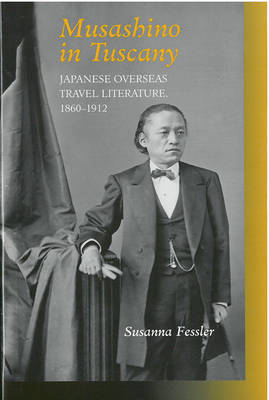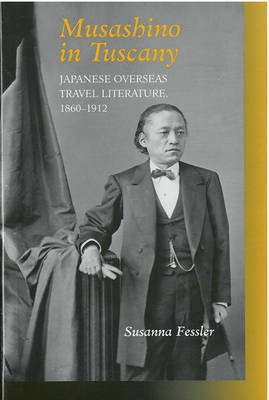
- Afhalen na 1 uur in een winkel met voorraad
- Gratis thuislevering in België vanaf € 30
- Ruim aanbod met 7 miljoen producten
- Afhalen na 1 uur in een winkel met voorraad
- Gratis thuislevering in België vanaf € 30
- Ruim aanbod met 7 miljoen producten
Zoeken
€ 33,95
+ 67 punten
Uitvoering
Omschrijving
By the late Meiji period Japanese were venturing abroad in great numbers, and some of those who traveled kept diaries and wrote formal travelogues. These travelogues reflected a changing view of the West and changing artistic sensibilities in the long-standing Japanese literary tradition of travel writing (kikoōbungaku). This book shows that overseas Meiji-period travel writers struck out to create a dynamic new type of travel literature, one that had a solid foundation in traditional Japanese kikōbungaku yet also displayed influence from the West.Musashino in Tuscany specifically examines the poetic imagery and allusion in these travelogues and reveals that when Japanese traveled to the West in the mid-nineteenth century, the images they wrote about tended to be associated not with places initially discovered by the Japanese traveler but with places that already existed in Western fame and lore. And unlike imagery from Japanese traveling in Japan, which was predominantly nature based, Japanese overseas travel imagery was often associated with the manmade world.
Specificaties
Betrokkenen
- Auteur(s):
- Uitgeverij:
Inhoud
- Aantal bladzijden:
- 310
- Taal:
- Engels
- Reeks:
Eigenschappen
- Productcode (EAN):
- 9780472038305
- Verschijningsdatum:
- 19/01/2021
- Uitvoering:
- Paperback
- Formaat:
- Trade paperback (VS)
- Afmetingen:
- 152 mm x 229 mm
- Gewicht:
- 458 g

Alleen bij Standaard Boekhandel
+ 67 punten op je klantenkaart van Standaard Boekhandel
Beoordelingen
We publiceren alleen reviews die voldoen aan de voorwaarden voor reviews. Bekijk onze voorwaarden voor reviews.











